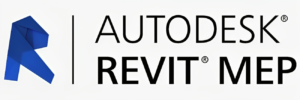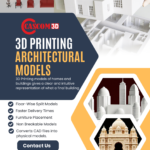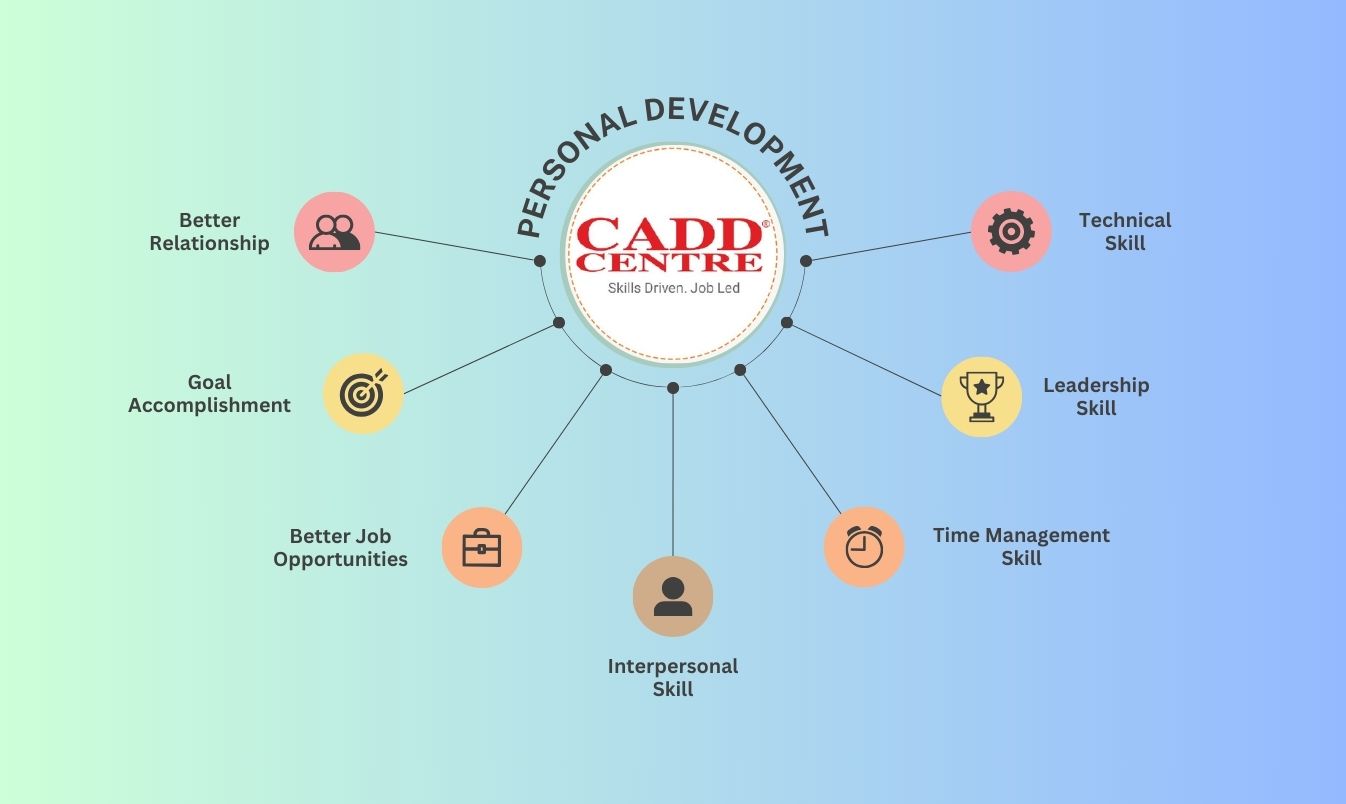Master Certificate in Interior Design
Details of Course, Time Period and contents
Duration: 160 hours
Software Cover: Proficient in AutoCAD + Proficient in Max for engineers + Essential in Vray
Main Contents: Creating 3D visualizations of buildings, interiors .Detailed representations of materials, lighting, and atmospheric effects Producing realistic shadows, reflections, and refraction
An interior design course typically covers a wide range of topics to equip students with the skills and knowledge needed to design functional and aesthetically pleasing interiors. Below is a general outline of what such a course might include:
- Introduction to Interior Design
- History of interior design
- Principles of design (balance, contrast, harmony, etc.)
- Elements of design (space, line, forms, light, color, texture, pattern)
- Design styles and movements (modern, contemporary, classical, etc.)
- Design Process
- Design brief and client consultation
- Concept development
- Space planning and furniture layout
- Visualization techniques (mood boards, sketches, and models)
- Project management and scheduling
- Color Theory
- Color psychology
- Color schemes and combinations
- Impact of color on space and mood
- Use of color in different spaces (living rooms, kitchens, offices, etc.)
- Materials and Finishes
- Types of materials (wood, metal, glass, fabric, etc.)
- Surface finishes (paint, wallpaper, varnish, etc.)
- Sustainable and eco-friendly materials
- Selection and application of materials in design
- Furniture Design and Layout
- History and styles of furniture
- Ergonomics and human factors in furniture design
- Custom furniture design
- Furniture arrangement principles
- Lighting Design
- Types of lighting (ambient, task, accent, etc.)
- Lighting fixtures and their applications
- Impact of lighting on mood and space perception
- Daylight and artificial lighting
- Textiles and Soft Furnishings
- Types of textiles (natural and synthetic fibers)
- Upholstery, curtains, and drapery
- Rugs, carpets, and other soft furnishings
- Textural contrasts and layering
- CAD and 3D Visualization
- Introduction to CAD software (AutoCAD, SketchUp, etc.)
- Creating 2D drawings and floor plans
- 3D modeling and rendering techniques
- Virtual walkthroughs and presentations
- Interior Design for Special Spaces
- Residential design (living rooms, kitchens, bedrooms, etc.)
- Commercial design (offices, retail stores, restaurants, etc.)
- Hospitality design (hotels, resorts, etc.)
- Public spaces (museums, galleries, airports, etc.)
- Building Systems and Codes
- Basics of plumbing, electrical, and HVAC systems
- Building codes and regulations
- Accessibility standards (ADA compliance)
- Fire safety and emergency exits
- Sustainability in Interior Design
- Green design principles
- Energy-efficient design
- Use of sustainable materials and technologies
- Environmental impact assessment
- Professional Practice
- Legal aspects of interior design
- Contracts and documentation
- Budgeting and cost estimation
- Marketing and portfolio development
- Project Work and Portfolio Development
- Real-world design projects
- Client presentations and critiques
- Portfolio preparation and presentation
- Internship and industry exposure (if applicable)
This outline may vary depending on the institution or the level of the course (certificate, diploma, degree, etc.).
Browse our Courses
CIVIL ENGINEERING: Masters Certificate In Architecture Design * Masters Certificate In Building Design * Masters Certificate in Interior Design * Masters Certificate in BIM * Expert Certificate in Architectural Design * Expert Certificate in Building Design * Expert Certificate in Interior Design * Expert Certificate in BIM MECHANICAL ENGINEERING: Masters Certificate In Production Design * Masters Certificate In MEP Design * Expert Certificate in Production Information Technology: Python * Java * Robotics
Browse our Software Courses
Civil Engg Courses: AutoCAD * 3DS Max * Sketchup * Revit MEP * V-Ray * Staadpro * Etabs * Lumion * MS Projects * Primavera * BIM * Estimating & Costing
Mechanical Engineering Courses: Autocad(M/E) * Creo * Solidworks * Catia * Ansys * NX Cad * GT & T * NX CAM * Inventor * Fusion * Eplan * Scada
Information Tech. and other Courses: Python * C,C++ * Java * .Net * MS Office * Tally * SAP * Web Design * DTP * Graphic Design * Digital Marketing * SCADA
Get in Touch
Address:Plot No.10, Above Burger King Restaurant, Near Metro Station, Sector-5 Rajendra Nagar Sahibabad, Ghaziabad, Uttar Pradesh 201005
Phone: +91-8595828647 , 9718824848
About Us
We are associted with CADD CENTRE , a trusted institution, enriching the careers of over 2.5 million learners worldwide technical courses . CADD CENTRE Training Services having training experience of 30 year in the field of AutoCAD(2D&3D) , Revit Architecture ,3ds Max , SoildWorks, CATIA, Ansys, Creo, STADD.PRO, C, C++, Pyhton, JAVA, Robotics Design , SketchUP, NX CAD etc.
Recent Posts
-
🌟 Start Your Journey in Design and Analysis with CADD RNC! 🌟
Are you ready to boost your engineering…














































